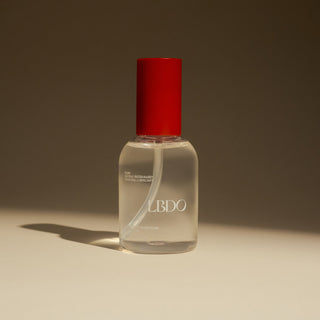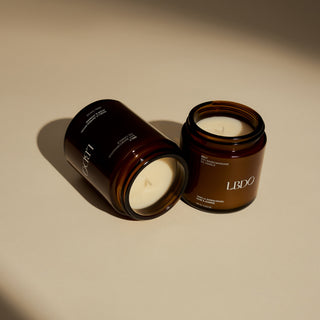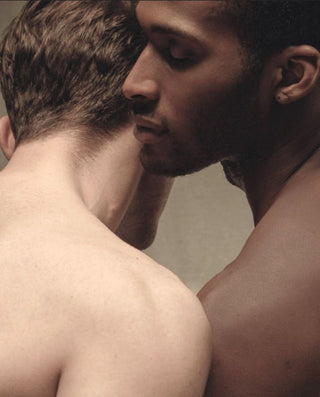In recent years, more women—particularly in their 30s and 40s—are coming out as queer, catching the public’s attention and raising questions about timing, identity, and relationships. This shift is not just a reaction to trends but reflects broader insights into the fluid nature of sexuality. Women often experience sexual fluidity more intensely than men, with changes in orientation emerging naturally over time.
High-profile celebrities embracing queer identities later in life—like Chrishell Stause and Sophia Bush—highlight a growing openness. But beyond celebrity headlines, many women find themselves re-evaluating their desires after leaving long-term heterosexual partnerships. With increasing social acceptance and visibility, the decision to come out at any stage becomes more about authenticity and self-discovery, rather than following societal expectations.
So, why does it seem like so many women are finding new paths in midlife? Let’s explore what the research says.
Sexual fluidity: what is it?
Sexual fluidity means that a person’s attractions and even their sexual identity can evolve over time. This idea was popularised by psychologist Lisa Diamond in her 2008 book Sexual Fluidity: Understanding Women’s Love and Desire, where she explored how women’s attractions could shift naturally over the years. In fact, studies of sexual behaviour going back to Alfred Kinsey’s research in the 1940s noted that many people, particularly women, experience a broad range of attractions that can develop and change.
Why might women experience more fluidity?
While people of all genders can be sexually fluid, studies suggest that women may be more adaptable in their attractions. Psychologist Richard Lippa, for example, found that men typically express clearer sexual preferences, whereas women may find themselves attracted to “the person” rather than a specific gender. Many women feel their sexual orientation is more context-driven and open to change, which might explain why more women report an ability to re-evaluate their attractions over time.
This adaptability doesn’t mean that change is always conscious or deliberate. In one of Diamond’s studies, which followed 79 women over 15 years, many experienced unexpected shifts in sexual identity. These shifts were often influenced by life events, relationships, and personal growth, but the changes were typically experienced as natural, not as a deliberate choice. Diamond explained, “Every one of the women I studied who underwent a transition experienced it as being out of her control. It was not a conscious choice... There are life-course transitions that are beyond our control.”
Why are more women coming out later in life?
In a culture that’s increasingly open to discussions of sexuality, more women feel empowered to explore their identities outside the heteronormative frameworks they may have followed in their younger years. Many women describe reaching a point where they feel ready to examine their true feelings—whether prompted by personal reflection, changing social dynamics, or even exposure to queer-positive media.
These mid-life revelations can be liberating, but they can also involve overcoming personal and societal obstacles. Coming out later can mean reconciling a previous identity with a new one and possibly adjusting relationships with family, friends, or even previous partners.
A (recent) history of queer ladies coming out later in life
So, why all the fireworks? Why are we, as a society, so excited when a new celebrity joins the LGBTQIA+ community? Well, after a long absence of queer representation in the media, there’s a unique joy and emotional resonance when a cis woman in her late 20s, 30s, or 40s announces her entry into a queer relationship after previously being romantically involved with cis men.
Of course, many well-known celebrities have come out later in life after dating and marrying cis men, including Cynthia Nixon, Portia de Rossi and Jodie Foster (the list goes on!). While ‘coming out’ isn’t a trend, the increase in visibility highlights a growing openness and shifting attitudes. With that in mind, let’s explore some recent headlines spotlighting women who have been warmly embraced by the LGBTQIA+ community.
Queer role models: inspiring examples of coming out later in life
When public figures come out later in life, it often resonates with many who have similar stories. Figures like Cynthia Nixon, Portia de Rossi, and Jodie Foster publicly acknowledged their queerness after previously dating or marrying men. More recent examples include Chrishell Stause, Sophia Bush, and Rebel Wilson, who shared their own journeys with the world.
Stause, for instance, spoke about feeling finally “embraced” by the LGBTQIA+ community after years of feeling like an “outcast.” Bush, in a powerful essay, shared how she “always knew” her sexuality was more nuanced than just straight or gay, and expressed relief in finally embracing a queer identity. For Wilson, a longtime “girls’ girl,” coming out marked the realisation of a romantic connection she hadn’t anticipated but felt ready to embrace.
Coming out is different for everyone, and while it can be affirming to join the “late bloomer” club, it doesn’t have to involve a big announcement. What matters most is feeling comfortable and supported at every stage of self-discovery. It’s never too late—or too early—to embrace who you are, and the journey is unique for each person.














